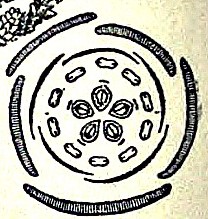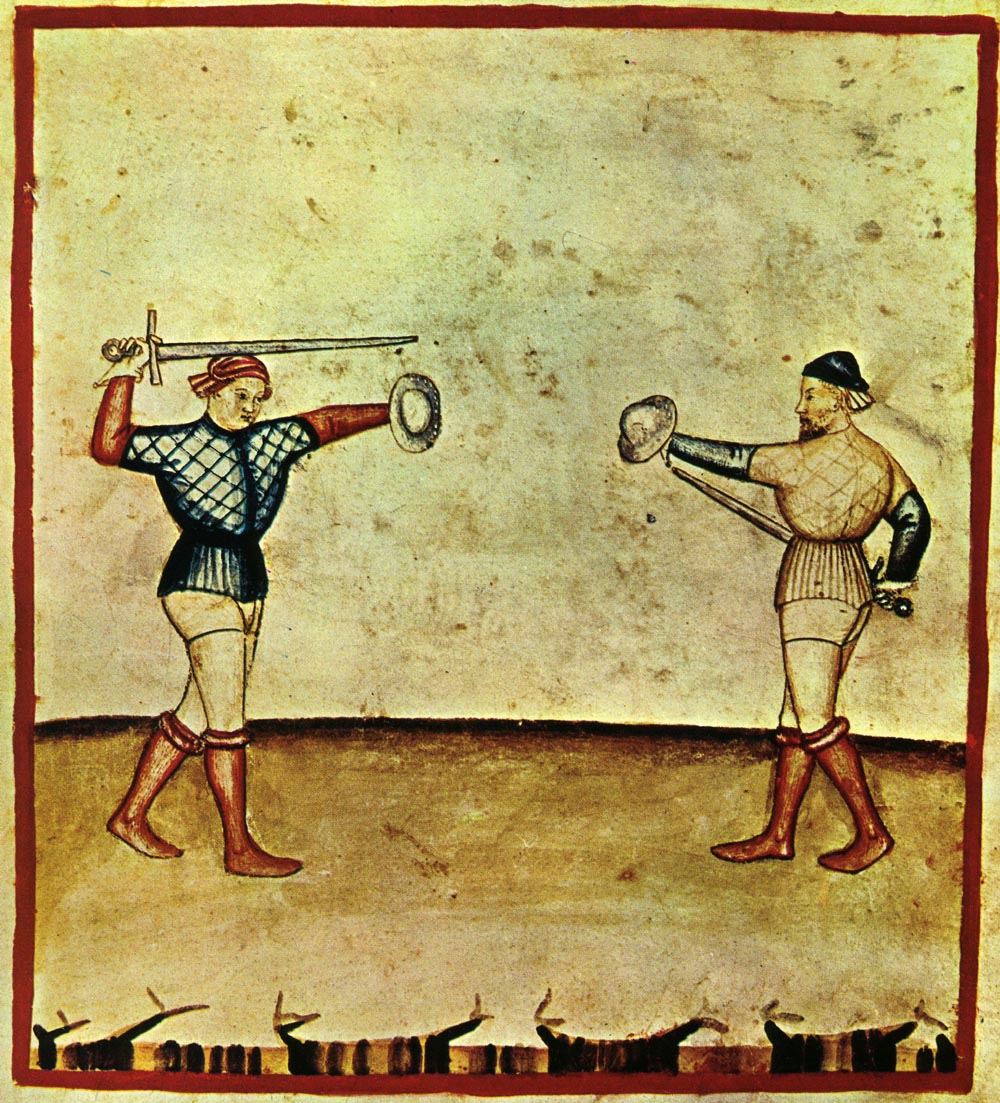|
Geometra Flavicinctata
''Entephria flavicinctata'', the yellow-ringed carpet, is a moth of the family Geometridae. The species was first described by Jacob Hübner in 1813. It is found in the mountainous areas of the Palearctic realm The distribution is disjunct extending across the Pyrenees, the Alps, some lower mountains (Vosges, Iceland, British Isles) and then from Norway across the Arctic to northern Russia. The wingspan is 27–39 mm. The ground colour is pale grey. The basal, central and outer marginal cross lines are suffused with yellow. The hindwings are pale white.See also Prout.Prout, L. B. (1912–16). Geometridae. In A. Seitz (ed.) ''The Macrolepidoptera of the World''. The Palaearctic Geometridae, 4. 479 pp. Alfred Kernen, Stuttgar pdf The larva is pinkish brown, the body with powerful, protruding brushes. On the dorsum it has pink, triangular spots that are edged with dark brown.It resembles that of ''Entephria caesiata'' but is rather more stumpy, tapering anteriorly, and the d ... [...More Info...] [...Related Items...] OR: [Wikipedia] [Google] [Baidu] |
Animal
Animals are multicellular, eukaryotic organisms in the Kingdom (biology), biological kingdom Animalia. With few exceptions, animals Heterotroph, consume organic material, Cellular respiration#Aerobic respiration, breathe oxygen, are Motility, able to move, can Sexual reproduction, reproduce sexually, and go through an ontogenetic stage in which their body consists of a hollow sphere of Cell (biology), cells, the blastula, during Embryogenesis, embryonic development. Over 1.5 million Extant taxon, living animal species have been Species description, described—of which around 1 million are Insecta, insects—but it has been estimated there are over 7 million animal species in total. Animals range in length from to . They have Ecology, complex interactions with each other and their environments, forming intricate food webs. The scientific study of animals is known as zoology. Most living animal species are in Bilateria, a clade whose members have a Symmetry in biology#Bilate ... [...More Info...] [...Related Items...] OR: [Wikipedia] [Google] [Baidu] |
Iceland
Iceland ( is, Ísland; ) is a Nordic island country in the North Atlantic Ocean and in the Arctic Ocean. Iceland is the most sparsely populated country in Europe. Iceland's capital and largest city is Reykjavík, which (along with its surrounding areas) is home to over 65% of the population. Iceland is the biggest part of the Mid-Atlantic Ridge that rises above sea level, and its central volcanic plateau is erupting almost constantly. The interior consists of a plateau characterised by sand and lava fields, mountains, and glaciers, and many glacial rivers flow to the sea through the lowlands. Iceland is warmed by the Gulf Stream and has a temperate climate, despite a high latitude just outside the Arctic Circle. Its high latitude and marine influence keep summers chilly, and most of its islands have a polar climate. According to the ancient manuscript , the settlement of Iceland began in 874 AD when the Norwegian chieftain Ingólfr Arnarson became the first ... [...More Info...] [...Related Items...] OR: [Wikipedia] [Google] [Baidu] |
Moths Of Iceland
Moths are a paraphyletic group of insects that includes all members of the order Lepidoptera that are not butterflies, with moths making up the vast majority of the order. There are thought to be approximately 160,000 species of moth, many of which have yet to be described. Most species of moth are nocturnal, but there are also crepuscular and diurnal species. Differences between butterflies and moths While the butterflies form a monophyletic group, the moths, comprising the rest of the Lepidoptera, do not. Many attempts have been made to group the superfamilies of the Lepidoptera into natural groups, most of which fail because one of the two groups is not monophyletic: Microlepidoptera and Macrolepidoptera, Heterocera and Rhopalocera, Jugatae and Frenatae, Monotrysia and Ditrysia.Scoble, MJ 1995. The Lepidoptera: Form, function and diversity. Oxford, UK: Oxford University Press; 404 p. Although the rules for distinguishing moths from butterflies are not well establi ... [...More Info...] [...Related Items...] OR: [Wikipedia] [Google] [Baidu] |
Larentiini
Larentiini is a tribe of geometer moths under subfamily Larentiinae. The tribe was first described by Philogène Auguste Joseph Duponchel in 1845. Recognized genera * ''Anticlea'' Stephens, 1831 * ''Antilurga'' Herbulot, 1951 * ''Earophila'' Gumppenberg, 1887 * ''Ennada'' Blanchard, 1852 * ''Entephria'' Hübner, 1825 * '' Herbulotina'' Pinker, 971/small> * ''Idiotephria'' Inoue, 1943 * ''Kuldscha'' Alphéraky, 1883 * ''Kyrtolitha'' Staudinger, 1892 * '' Larentia'' Treitschke, 1825 * ''Mesoleuca'' Hübner, 1825 * ''Neotephria'' Prout, 1914 * ''Pelurga'' Hübner, 1825 * ''Photoscotosia'' Warren, 1888 * ''Plesioscotosia'' Viidalepp, 1986 * ''Pseudentephria'' Viidalepp, 1976 * ''Spargania ''Spargania'' is a genus of moths in the family Geometridae erected by Achille Guenée in 1857. Species *'' Spargania aurata'' (Grote, 1882) *'' Spargania bellipicta'' Warren, 1901 *'' Spargania luctuata'' (Denis & Schiffermüller, 1775) &nda ...'' Guenée, 1857 References * * External links ... [...More Info...] [...Related Items...] OR: [Wikipedia] [Google] [Baidu] |
Sedum
''Sedum'' is a large genus of flowering plants in the family Crassulaceae, members of which are commonly known as stonecrops. The genus has been described as containing up to 600 species, subsequently reduced to 400–500. They are leaf succulents found primarily in the Northern Hemisphere, but extending into the southern hemisphere in Africa and South America. The plants vary from annual and creeping herbs to shrubs. The plants have water-storing leaves. The flowers usually have five petals, seldom four or six. There are typically twice as many stamens as petals. Various species formerly classified as ''Sedum'' are now in the segregate genera ''Hylotelephium'' and '' Rhodiola''. Well-known European species of ''Sedum'' are '' Sedum acre'', '' Sedum album'', ''Sedum dasyphyllum'', ''Sedum reflexum'' (also known as ''Sedum rupestre'') and '' Sedum hispanicum''. Description ''Sedum'' is a genus that includes annual, biennial, and perennial herbs. They are characterised b ... [...More Info...] [...Related Items...] OR: [Wikipedia] [Google] [Baidu] |
Saxifraga
''Saxifraga'' is the largest genus in the family Saxifragaceae, containing about 473 species of holarctic perennial plants, known as saxifrages or rockfoils. The Latin word ''saxifraga'' means literally "stone-breaker", from Latin ' ("rock" or "stone") + ' ("to break"). It is usually thought to indicate a medicinal use for treatment of urinary calculi (known as kidney or bladder stones), rather than breaking rocks apart. Description Most saxifrages are small perennial, biennial (e.g. '' S. adscendens'') or annual (e.g. '' S. tridactylites'') herbaceous plants whose basal or cauline leaves grow close to the ground, often in a rosette. The leaves typically have a more or less incised margin; they may be succulent, needle-like and/or hairy, reducing evaporation. The inflorescence or single flower clusters rise above the main plant body on naked stalks. The small actinomorphic hermaphrodite flowers have five petals and sepals and are usually white, but red to yellow in some ... [...More Info...] [...Related Items...] OR: [Wikipedia] [Google] [Baidu] |
Buckler W The Larvæ Of The British Butterflies And Moths PlateCXXVII
A buckler (French ''bouclier'' 'shield', from Old French ''bocle, boucle'' 'boss') is a small shield, up to 45 cm (up to 18 in) in diameter, gripped in the fist with a central handle behind the boss. While being used in Europe since antiquity, it became more common as a companion weapon in hand-to-hand combat during the Medieval and Renaissance periods. Its size made it poor protection against missile weapons (e.g., arrows) but useful in deflecting the blow of an opponent's weapons, binding his arms, hindering his movements, or punching him. MS I.33, considered the earliest extant armed-combat manual, (around 1300) contains an early description of a system of combat with buckler and sword. Typology According to the typology of Schmidt, there are three main types of buckler regarding their shape: *Type I: round *Type II: rectangular or trapezoid *Type III: oval or teardrop-shaped These types are combined with the cross sections: *Type a: flat *Type b: concave *Type ... [...More Info...] [...Related Items...] OR: [Wikipedia] [Google] [Baidu] |
Entephria Caesiata
''Entephria caesiata'', the grey mountain carpet, is a moth of the family Geometridae. The species was first described by Michael Denis and Ignaz Schiffermüller in 1775. It is found in the mountainous areas of Europe (including Great Britain, Fennoscandia and the Alps), the Caucasus, Asia Minor, Armenia, Russia , Russian Far East, Siberia, northern Mongolia, Sakhalin and Honshū in Japan. The wingspan is . The forewing ground colour is ash grey to blue grey. There are several dark wavy bands. The basal area and the field between the two fasciae is also darker than the ground colour. There is a black discal spot. The fringes are grey chequered dark grey. The hindwing is pale grey with pale transverse lines and a grey-black discal spot. See also Prout. The larva is pinkish brown on the back with yellowish-white, triangular spots, on the greenish sides. Adults are on wing from July to September. The larvae feed on various low heathland plants, including ''Calluna'' and ''Vaccini ... [...More Info...] [...Related Items...] OR: [Wikipedia] [Google] [Baidu] |
Wingspan
The wingspan (or just span) of a bird or an airplane is the distance from one wingtip to the other wingtip. For example, the Boeing 777–200 has a wingspan of , and a wandering albatross (''Diomedea exulans'') caught in 1965 had a wingspan of , the official record for a living bird. The term wingspan, more technically extent, is also used for other winged animals such as pterosaurs, bats, insects, etc., and other aircraft such as ornithopters. In humans, the term wingspan also refers to the arm span, which is distance between the length from one end of an individual's arms (measured at the fingertips) to the other when raised parallel to the ground at shoulder height at a 90º angle. Former professional basketball player Manute Bol stood at and owned one of the largest wingspans at . Wingspan of aircraft The wingspan of an aircraft is always measured in a straight line, from wingtip to wingtip, independently of wing shape or sweep. Implications for aircraft design an ... [...More Info...] [...Related Items...] OR: [Wikipedia] [Google] [Baidu] |
British Isles
The British Isles are a group of islands in the North Atlantic Ocean off the north-western coast of continental Europe, consisting of the islands of Great Britain, Ireland, the Isle of Man, the Inner and Outer Hebrides, the Northern Isles (Orkney and Shetland), and over six thousand smaller islands. They have a total area of and a combined population of almost 72 million, and include two sovereign states, the Republic of Ireland (which covers roughly five-sixths of Ireland), and the United Kingdom of Great Britain and Northern Ireland. The Channel Islands, off the north coast of France, are normally taken to be part of the British Isles, even though geographically they do not form part of the archipelago. Under the UK Interpretation Act 1978, the Channel Islands are clarified as forming part of the British Islands, not to be confused with the British Isles. The oldest rocks are 2.7 billion years old and are found in Ireland, Wales and the north-west of Scotland. Du ... [...More Info...] [...Related Items...] OR: [Wikipedia] [Google] [Baidu] |
Vosges
The Vosges ( , ; german: Vogesen ; Franconian and gsw, Vogese) are a range of low mountains in Eastern France, near its border with Germany. Together with the Palatine Forest to the north on the German side of the border, they form a single geomorphological unit and low mountain range of around in area. It runs in a north-northeast direction from the Burgundian Gate (the Belfort– Ronchamp– Lure line) to the Börrstadt Basin (the Winnweiler–Börrstadt– Göllheim line), and forms the western boundary of the Upper Rhine Plain. The Grand Ballon is the highest peak at , followed by the Storkenkopf (), and the Hohneck (). IGN maps available oGéoportail/ref> Geography Geographically, the Vosges Mountains are wholly in France, far above the Col de Saverne separating them from the Palatinate Forest in Germany. The latter area logically continues the same Vosges geologic structure but traditionally receives this different name for historical and political reasons. F ... [...More Info...] [...Related Items...] OR: [Wikipedia] [Google] [Baidu] |






